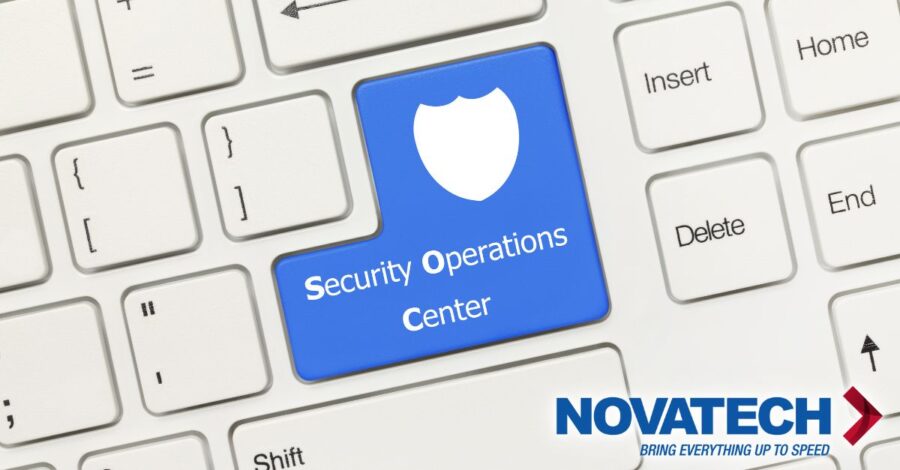The Managed Service Call Process
4 min read

Three Areas of Great Managed Service
When clients think of managed service providers, they do not often think of fast response times, knowledgeable people, and great communication. These are three areas where MSPs consistently fail.
This leaves a client feeling as if their system is unsecured, and they are getting subpar backup. When you don’t have access to an account manager or a developed relationship with frequent communication, it leaves you on your own within an impersonal process.
Most MSPs are reactive. Basically, something breaks, so you call them, and sometimes it gets fixed, and sometimes it doesn’t. It is common to see poor, slow response times, unknowledgeable people working on a customer’s equipment and environment, and situations exacerbated by poor communication.
Customers usually want to fire their providers because of a lack of one or more of these three things. That is why we work really hard to excel in these areas, making the way we deliver IT services the best in the industry.
Novatech uses a technical account manager who meets with our customers regularly, building relationships with the contact and end users. We learn and know your business so we can help you make the best technology decisions.
In this article we will be discussing the service call process and best practices for the client, as well as the processes we have put in place.
What Is the Ticket Submission Process?
The process for submitting service calls is very important to the client. Because of this, we have an end user kick-off meeting when we take on a new account. We train the end user on the entire process of submitting tickets, as well as all of the options available for doing so.
There is also a little blue square “N” in the icon tray at the bottom right of their machine. They can click on that and answer some simple questions. When they hit the “submit” button, everything goes to our service board at whatever level of support is appropriate. This is based on an assessment made utilizing an algorithm and artificial intelligence. It allows us to have the appropriate person call them back. Having the right tech respond to the proper level of service needed saves time for both parties and gets things done efficiently. We spent some time on this to make it accurate. Using this method is the fastest and best way to get support from us.
However, we do have support coordinators that are waiting to take phone calls. This works well for those who may be hesitant to fill out a form. People may not feel comfortable filling out the form for a variety of reasons. They may not know how to write the information in a way that relays the issue, or maybe they just want to talk to a human. That coordinator will take the information and create a ticket, put it on the correct service board, then put the client on hold and transfer it to a help desk engineer. You can also send an email to Novatech.net, or even use Facebook.
When Is an Expectation Unreasonable?
When placing a service order, it is important to understand that the industry standard goal is usually a four-hour mission-critical response time. To us, that is too slow. If your entire business is down, Novatech is sending in the cavalry.
Where people become unreasonable is in their expectations of a call back in 15 minutes after placing a service order. That is the most prolific unreasonable expectation that we see. The fact is that a single user can go to another device and continue to work, while we are responding and troubleshooting the device that might be down.
We have one of the industry’s best response times. Our average resolution time for a Level One, at 1.5 tickets, is about 36 minutes. If someone is calling in before that time, they do not understand the industry and that we are already working on the problem.
The truth is, sometimes we do it to ourselves, because we are so consistent. When clients are used to exceptionally fast response times, they get upset when it takes longer. In reality, hardly anyone is delivering support and managing IT in an hour or less.
Our personal standards are high. We like to create uptime and make technology for the client. Our goal on site is to become invisible so people can come in and do their jobs. At the end of the day, they should feel good about it and then go home. We don’t want them to have to think about technology.


